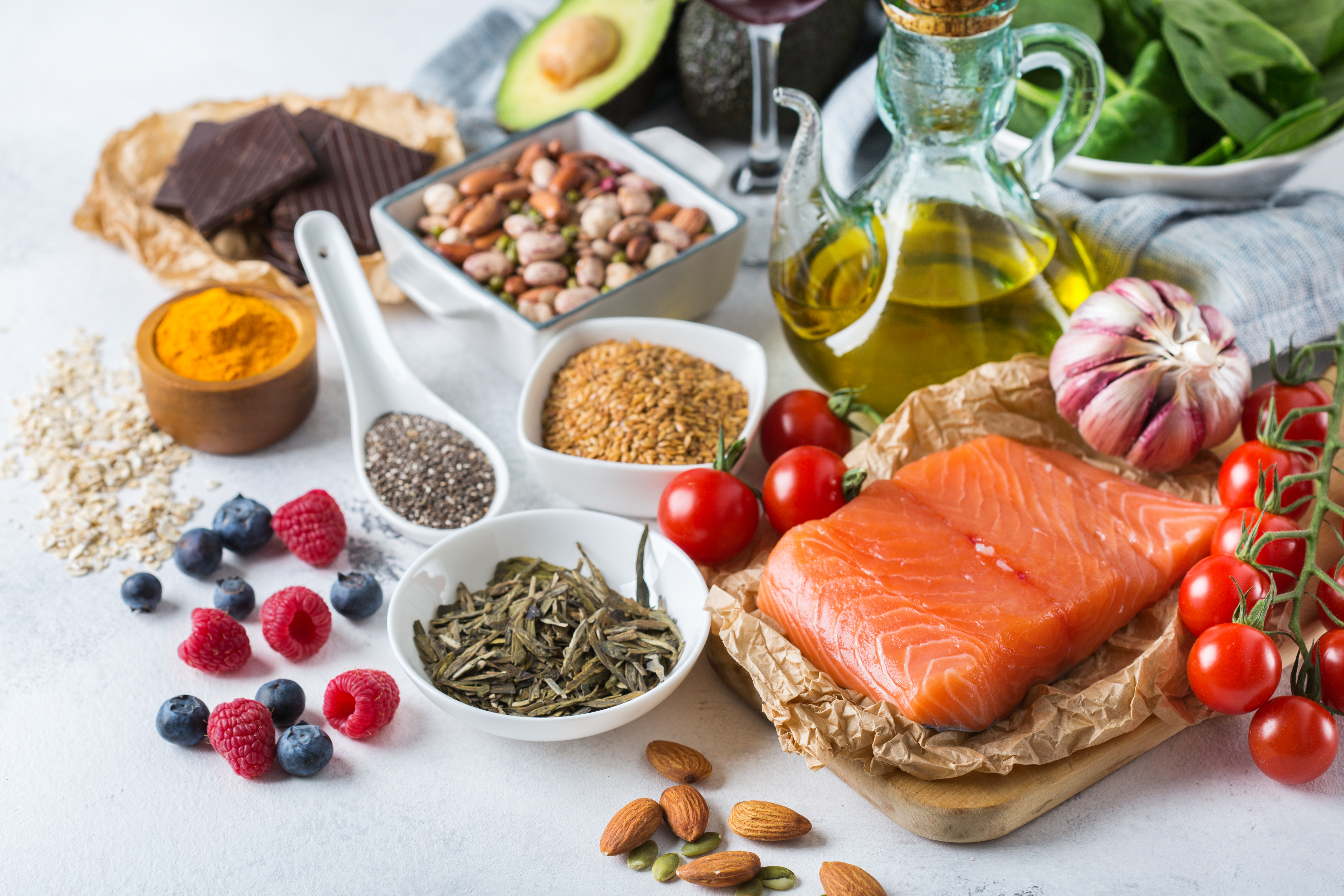Cholesterol Unveiled: 10 Surprising Ways It Shapes Your Health
3. The Impact of Diet on Cholesterol Levels

Diet plays a significant role in determining cholesterol levels in the body. Saturated fats, trans fats, and dietary cholesterol can raise LDL levels, thereby increasing the risk of heart disease. Foods high in these fats include red meat, full-fat dairy products, and processed foods. Conversely, consuming a diet rich in unsaturated fats, fiber, and plant sterols can help lower LDL levels and increase HDL levels. Foods such as nuts, seeds, avocados, and fatty fish are excellent sources of healthy fats. Soluble fiber, found in oats, beans, and fruits, can also help reduce LDL cholesterol by binding to it in the digestive system and facilitating its excretion. Plant sterols, naturally occurring in fruits, vegetables, and nuts, can block the absorption of cholesterol in the intestines. Understanding the impact of diet on cholesterol levels empowers individuals to make informed dietary choices that promote heart health and overall well-being.
4. Genetic Factors in Cholesterol Regulation

Genetics play a pivotal role in determining an individual's cholesterol levels and their risk of developing cardiovascular diseases. Familial hypercholesterolemia is a genetic disorder characterized by high levels of LDL cholesterol, often leading to early-onset heart disease. This condition is caused by mutations in genes responsible for cholesterol metabolism, such as the LDL receptor gene. Individuals with this genetic condition may require medication to manage their cholesterol levels effectively. Beyond familial hypercholesterolemia, several other genetic variations can influence cholesterol levels, impacting how the body processes and removes cholesterol. Understanding one's genetic predisposition to high cholesterol can guide personalized approaches to managing cholesterol levels, including lifestyle modifications and pharmacological interventions. Genetic testing and counseling can provide valuable insights into an individual's risk profile, enabling proactive measures to mitigate the risk of cardiovascular diseases.
